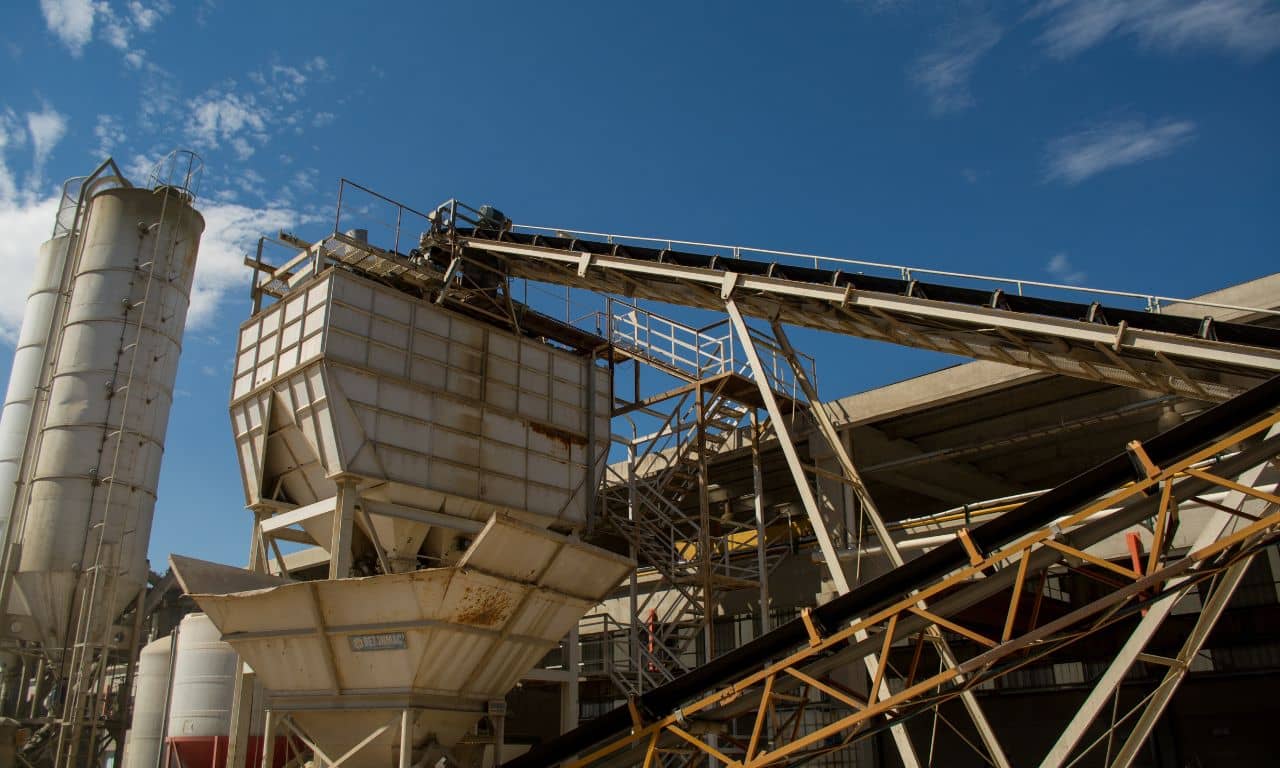From underground mining to factory floor assembly lines, industrial adhesives are the silent champions of modern engineering. While they might go unnoticed, their role is crucial—providing strength, flexibility, and chemical resistance where mechanical fasteners simply won’t do. In this article, we’ll unpack the most common uses of industrial adhesives and why they’re vital across so many sectors.
What Makes Adhesives Ideal for Industrial Use?
Industrial settings often require bonds that can:
- Withstand vibration and impact
- Resist extreme temperatures and moisture
- Bond dissimilar materials like rubber and metal
Unlike bolts or welding, adhesives distribute stress across the entire bonded surface, which makes them perfect for high-performance applications in mining, manufacturing, automotive, and heavy equipment repair.
Common Industrial Applications
Here are some of the most common uses of industrial adhesives across industries:
✅ Rubber-to-Metal Bonding
Essential in conveyor belt lagging, pulley systems, and vibration dampening components where flexible rubber needs to be permanently bonded to metal structures.
✅ Conveyor Belt Splicing & Repair
In mining and material handling, cold splicing with adhesives like Topstick SC-020 allows for fast, flame-free repairs underground—minimising downtime without compromising bond strength.
✅ Polyurethane & PVC Assembly
Adhesives like Topstick TPU are used to assemble and repair flexible components like liners and belts, especially where heat welding isn’t practical or safe.
✅ Tank & Chute Lining
Wear-resistant rubber linings in chutes, hoppers, and tanks must be securely bonded with strong adhesives to protect against abrasion and prolong service life.
✅ Metal Priming for Bonding
Before applying adhesives, metal surfaces are often treated with primers like Topprime to ensure maximum adhesion and prevent corrosion.
Why Adhesive Choice Matters
The uses of industrial adhesives vary widely—but each application demands precision. Choosing the wrong adhesive can result in failed repairs, delamination, or safety hazards.
Key factors to consider:
- Cure time: How quickly do you need to resume operations?
- Flammability: Is the environment underground or flame-sensitive?
- Substrate compatibility: Are you bonding rubber, metal, or PVC?
Topstick Product Recommendations
Here are some trusted options based on your specific use case:
- Topstick SC-08: Fast-curing adhesive for rubber conveyor belt repairs
- Topstick SC-011: Two-component contact adhesive for demanding jobs
- Topstick SC-020: Non-flammable option ideal for flame-free environments
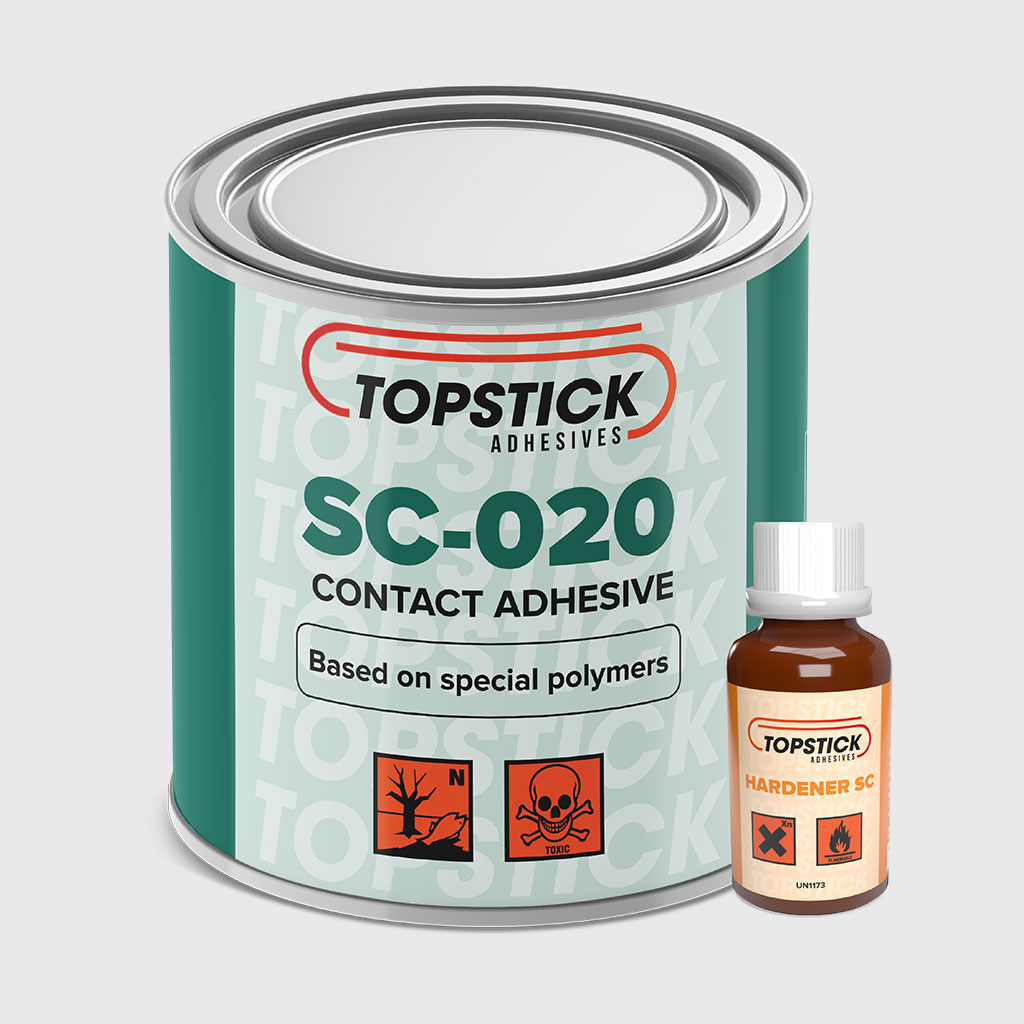
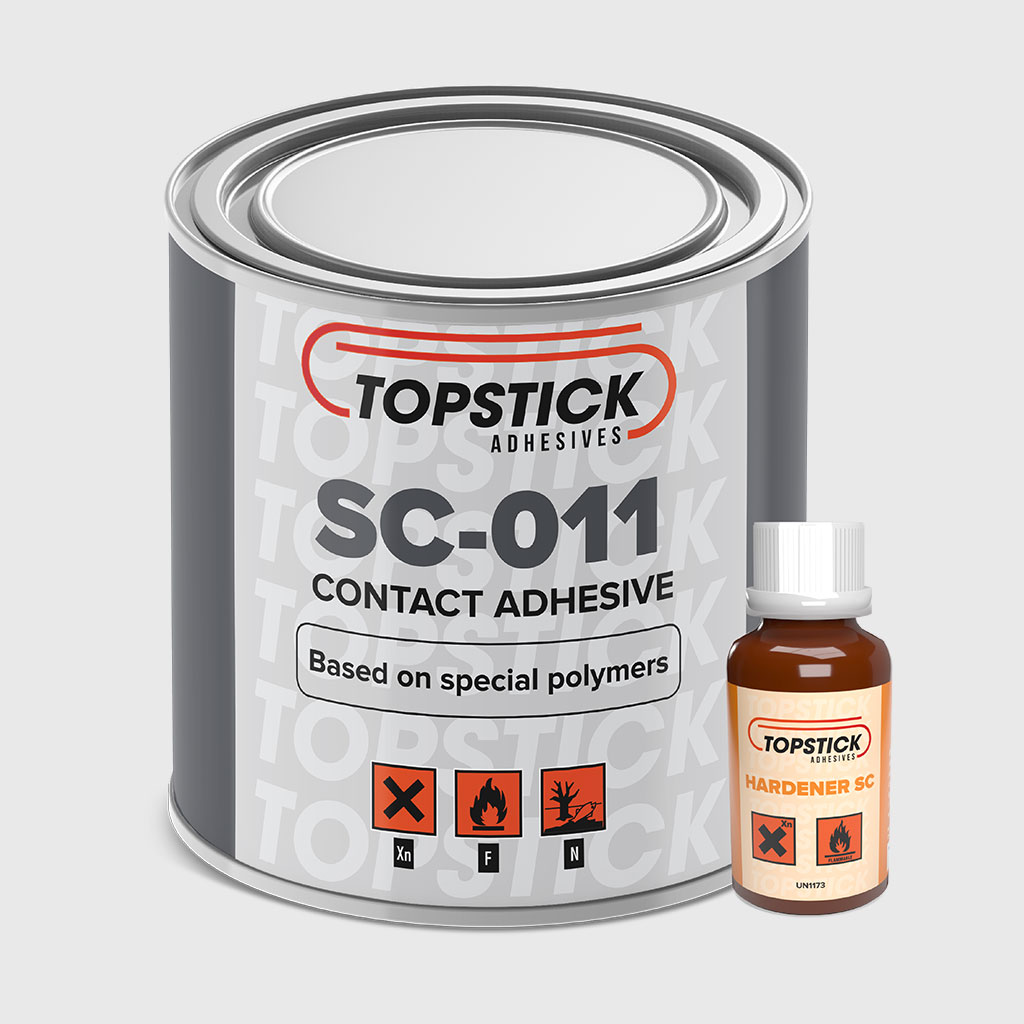
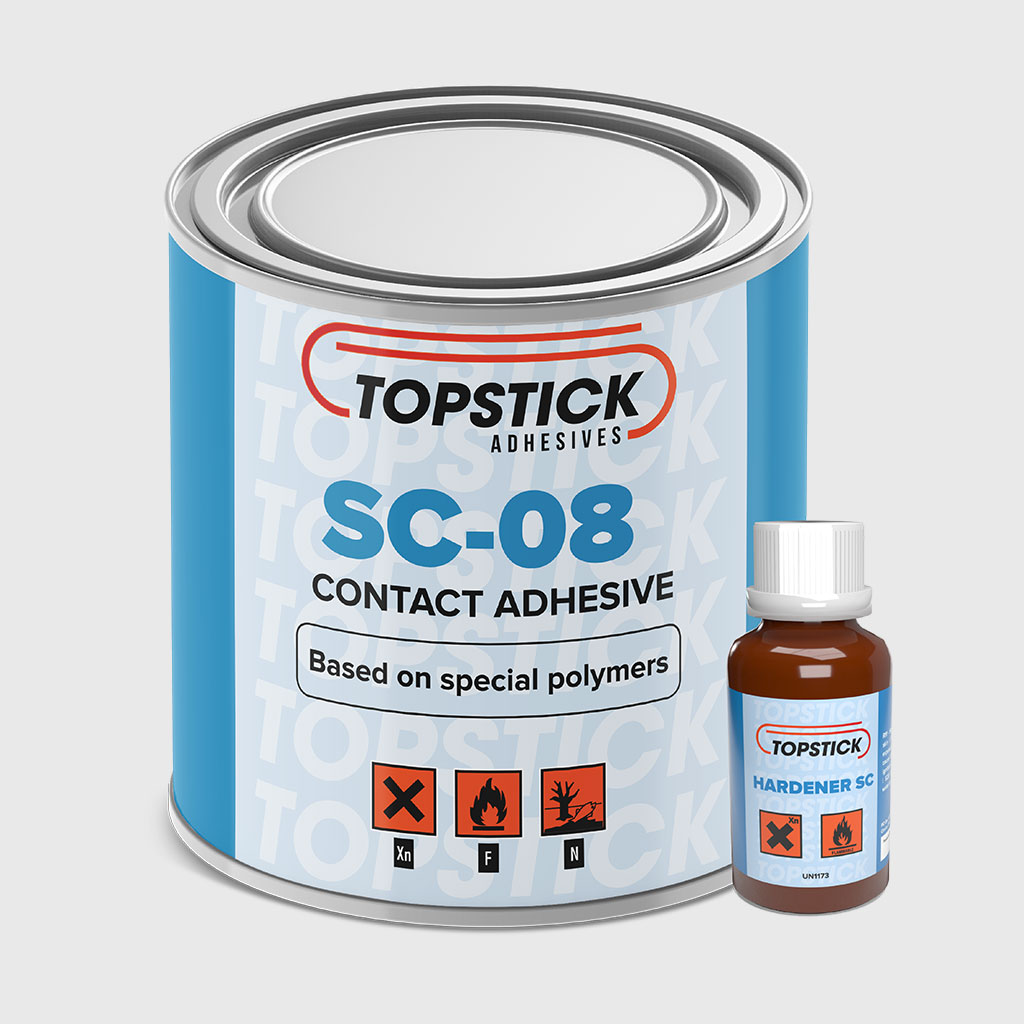
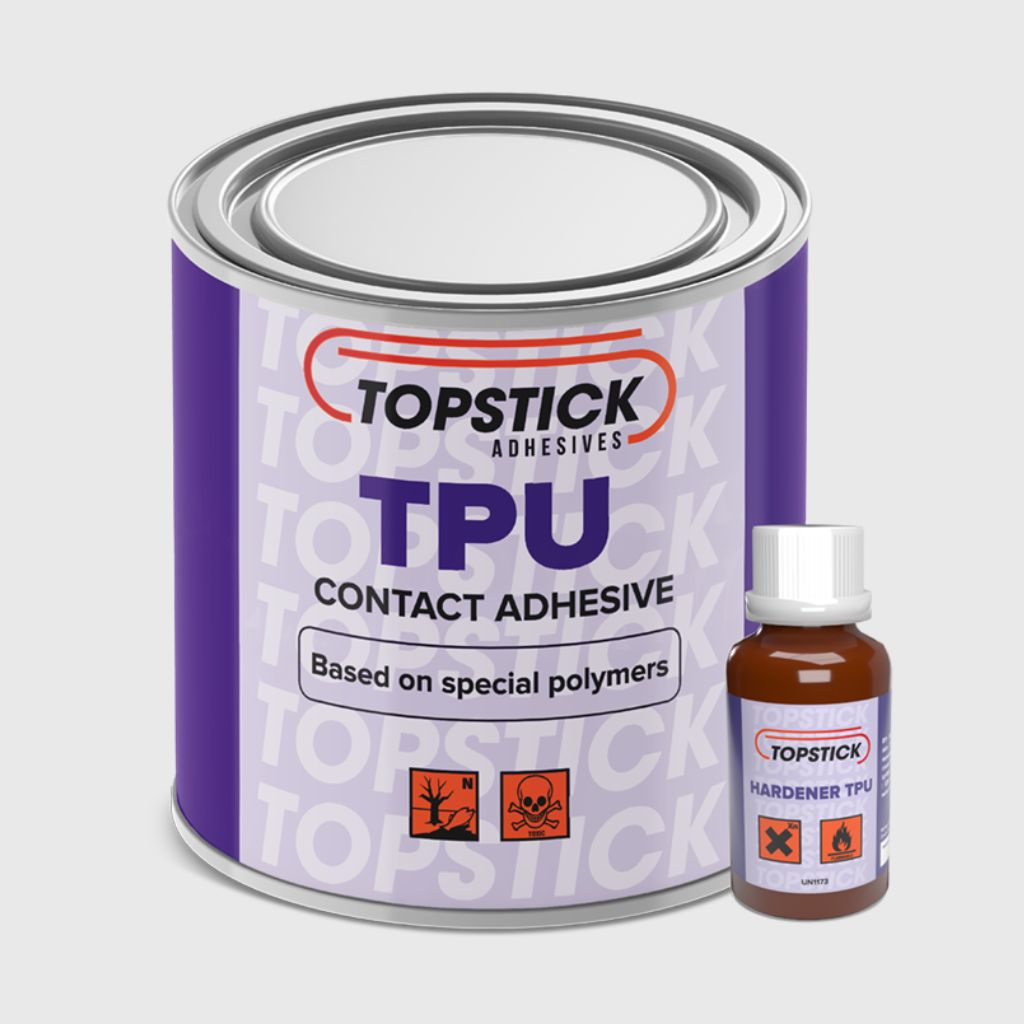
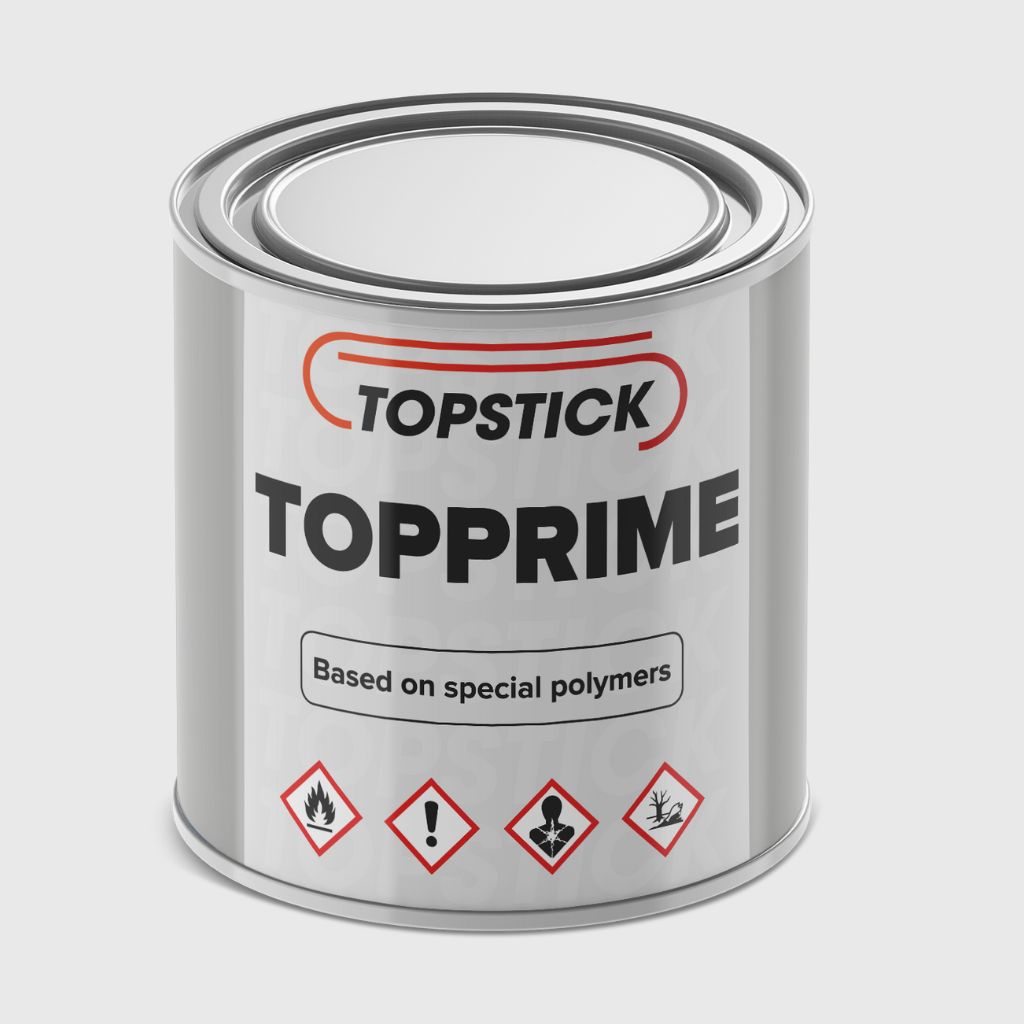
View the full product range.
Final Thoughts
The uses of industrial adhesives span far beyond basic repairs—they are foundational to keeping machines running, production flowing, and teams safe. With the right product and preparation, adhesive bonding can outperform traditional fastening in speed, strength, and versatility.
Need help selecting the right adhesive? Contact our team or download our full product documentation for technical guidance.
